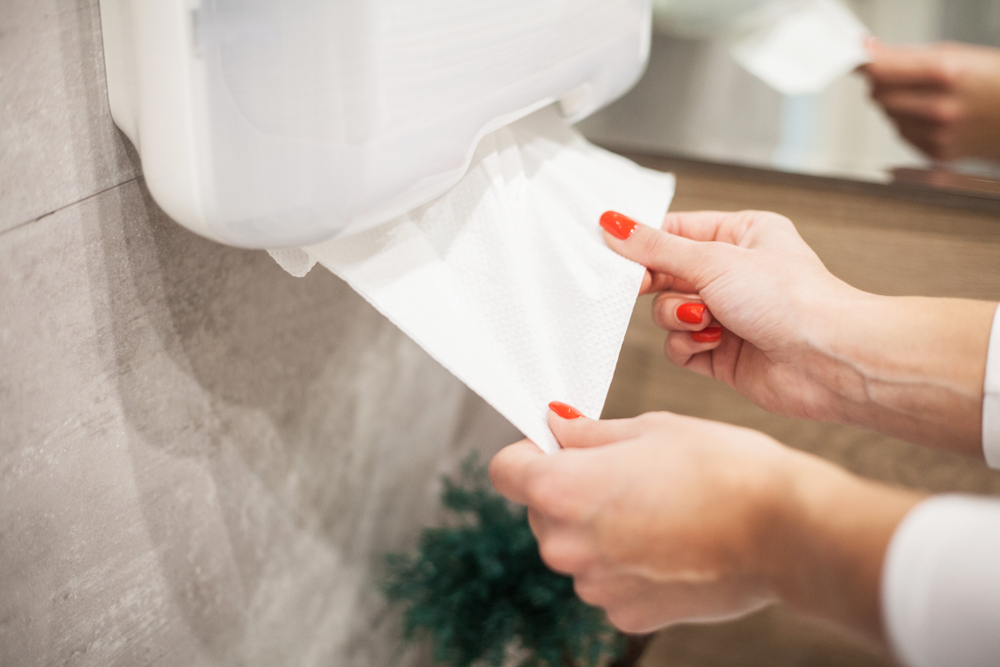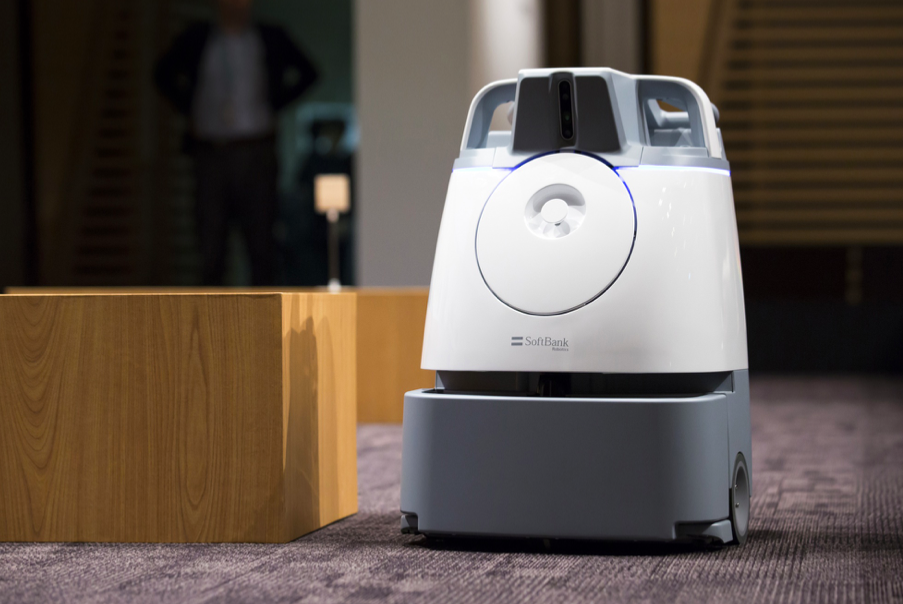As a global cleaning services company, we pride ourselves on staying up to date on the latest trends in the cleaning industry. Having a pulse on the challenges that facility managers are facing and methods for helping them overcome these issues is a must. Implementing high-tech equipment and safer chemicals and educating our team members on emerging and tried-and-true best practices is also key.
So what does 2022 have in store for the cleaning industry? What strategies will help facility managers create safer environments and protect their bottom lines? Read on to learn about three trends that will further shape commercial cleaning next year and beyond.
Now Trending: More Effective & Cost-efficient Cleaning
The cleaning industry continues to innovate to uphold public health and safety. Some trends come and go and others are here to stay, such as those below:
Cleaning as a means of instilling confidence.
Before the pandemic, many people didn’t put too much thought into how offices, schools, grocery stores and airports were cleaned. They trusted that these tasks were accomplished out of sight and were adequate enough to protect the public. Now, there is much more scrutiny about whether cleaning and disinfecting is being performed regularly and properly. With many companies still hoping to transition work-from-home employees back to the office full time or part time, cleanliness is being leveraged as a way to enhance confidence in building safety.
Organizations are openly communicating about their cleaning programs and initiatives that support public health in order to ease concerns and showcase they are at the forefront of cleaning for health. This transparency has led many facility managers to take a closer look at the products and processes they are relying on to maintain their buildings. Careful selection and oversight of the chemicals and tools that cleaning professionals use will be important moving forward.
A shift to safer chemicals through on-site generation.
The pandemic demonstrated how problematic relying on traditional supply chains can be when demand suddenly spikes and remains high for months at a time. It also made people more aware of the harmful effects that cleaning chemicals can have on their wellbeing. Many conventional chemicals contain toxins that negatively affect indoor air quality (IAQ) and the health of building occupants. With facilities cleaning more frequently and many closely monitoring IAQ, considering the long-term impact of cleaning chemicals is paramount.
An alternative to both of these issues is to generate safer cleaner and disinfectant at your facility. With an on-site generator (OSG) stored in a custodial closet, facilities can combine salt, water and electricity to create electrochemically activated solutions (ECAS) that do not irritate eyes or skin, won’t leave a residue on surfaces and are better for people and the environment.
Cobots will be relied on for a more focused approach to cleaning and disinfecting.
As cleaning professionals face increased pressure to clean thoroughly and consistently and manage a longer list of tasks than ever before, the allure of robotic cleaning equipment will rise. Sometimes referred to as “cobots” for their ability to work well alongside humans, these automated machines effortlessly carry out hard and soft floor care duties. This allows cleaning teams to focus on other important responsibilities while floor care is completed and accomplish more than they would on their own.
Because cobots perform tasks the same each time, facility managers can be confident that their buildings are successfully upholding the desired levels of cleanliness. The pandemic has led corporate offices, school districts and other facilities to reassess their cleaning budgets, and while cobots are certainly an investment, they offer proven results.
Facility Managers at the Forefront
Facility managers who stay ahead of the trends that will shape the industry can successfully build cleaning programs that consider people and the planet. The above are just three developments that will be big in 2022 and beyond. Working with a trusted building service contractor can help organizations discover the latest and greatest technologies and processes for cleaning facilities and meeting consumers’ high expectations.
Our experts care about clean and have a pulse on how to make cleaning effective, cost-efficient and safe. Contact GSF USA here and follow us on LinkedIn and Facebook for the latest updates.









